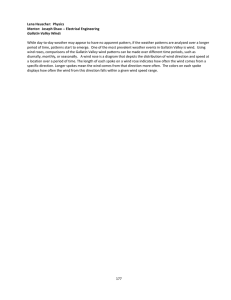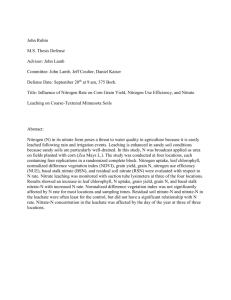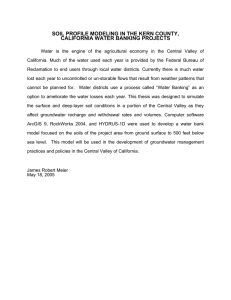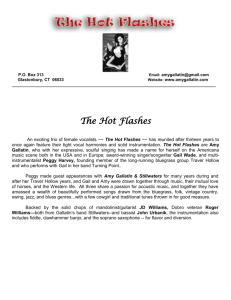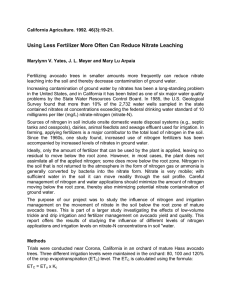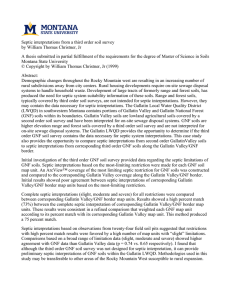Water is a critical resource for all life. With... Kyle Mehrens: Earth Sciences
advertisement
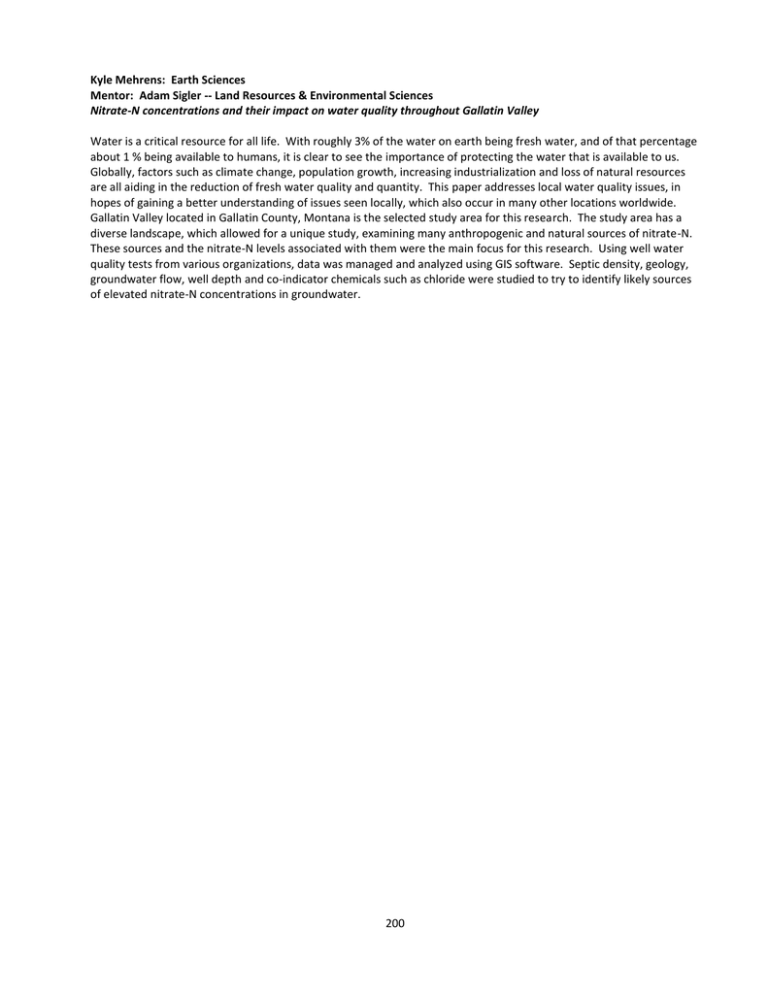
Kyle Mehrens: Earth Sciences Mentor: Adam Sigler -- Land Resources & Environmental Sciences Nitrate-N concentrations and their impact on water quality throughout Gallatin Valley Water is a critical resource for all life. With roughly 3% of the water on earth being fresh water, and of that percentage about 1 % being available to humans, it is clear to see the importance of protecting the water that is available to us. Globally, factors such as climate change, population growth, increasing industrialization and loss of natural resources are all aiding in the reduction of fresh water quality and quantity. This paper addresses local water quality issues, in hopes of gaining a better understanding of issues seen locally, which also occur in many other locations worldwide. Gallatin Valley located in Gallatin County, Montana is the selected study area for this research. The study area has a diverse landscape, which allowed for a unique study, examining many anthropogenic and natural sources of nitrate-N. These sources and the nitrate-N levels associated with them were the main focus for this research. Using well water quality tests from various organizations, data was managed and analyzed using GIS software. Septic density, geology, groundwater flow, well depth and co-indicator chemicals such as chloride were studied to try to identify likely sources of elevated nitrate-N concentrations in groundwater. 200
